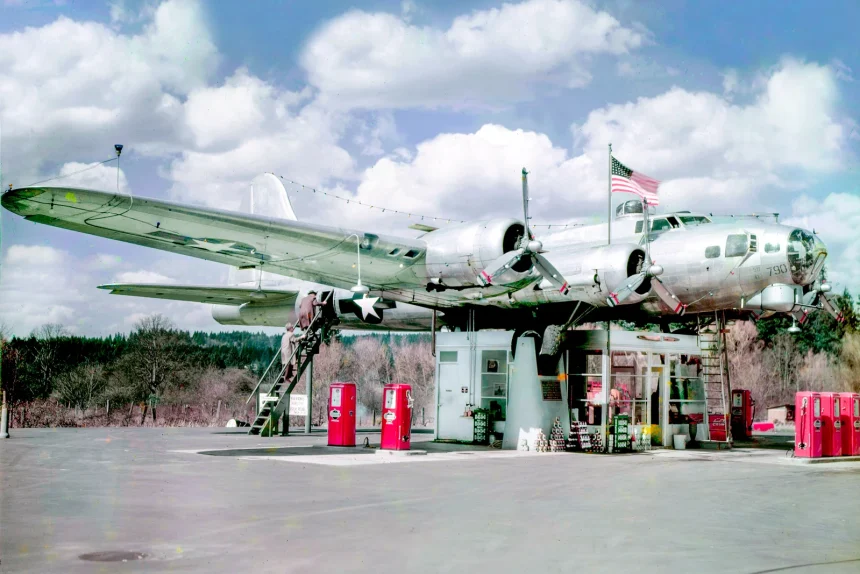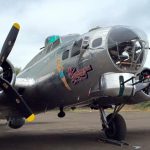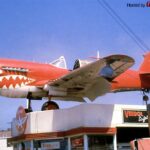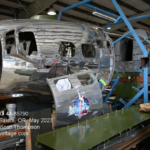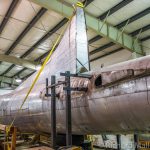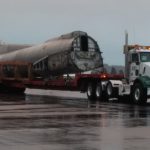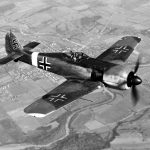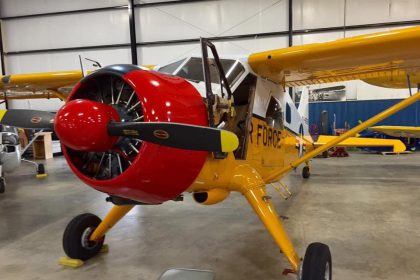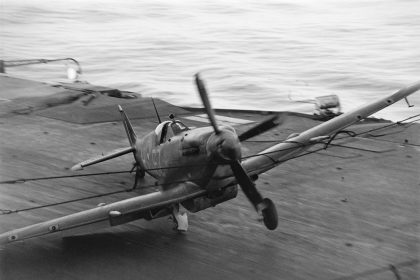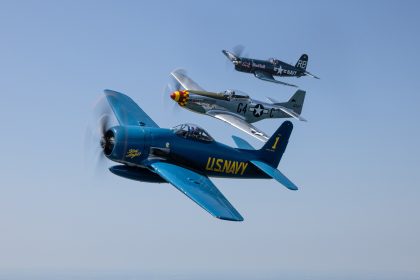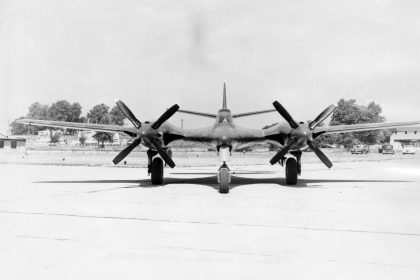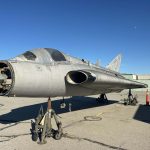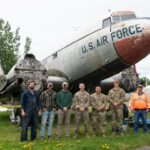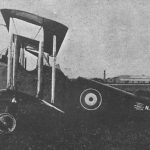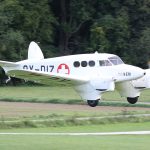Few things capture the imagination quite like the survival stories of historic warbirds. Beyond their combat records and engineering marvels, it’s often the sheer improbability of their survival that fascinates most. Many of these legendary aircraft owe their continued existence to a string of fortunate circumstances—repurposed for aerial survey work, stored away in forgotten hangars, or turned into static displays in unexpected places. One of the most compelling examples is the Boeing B-17 Flying Fortress known today as Lacey Lady, a combat veteran turned roadside icon that once perched atop a gas station canopy in Milwaukie, Oregon.
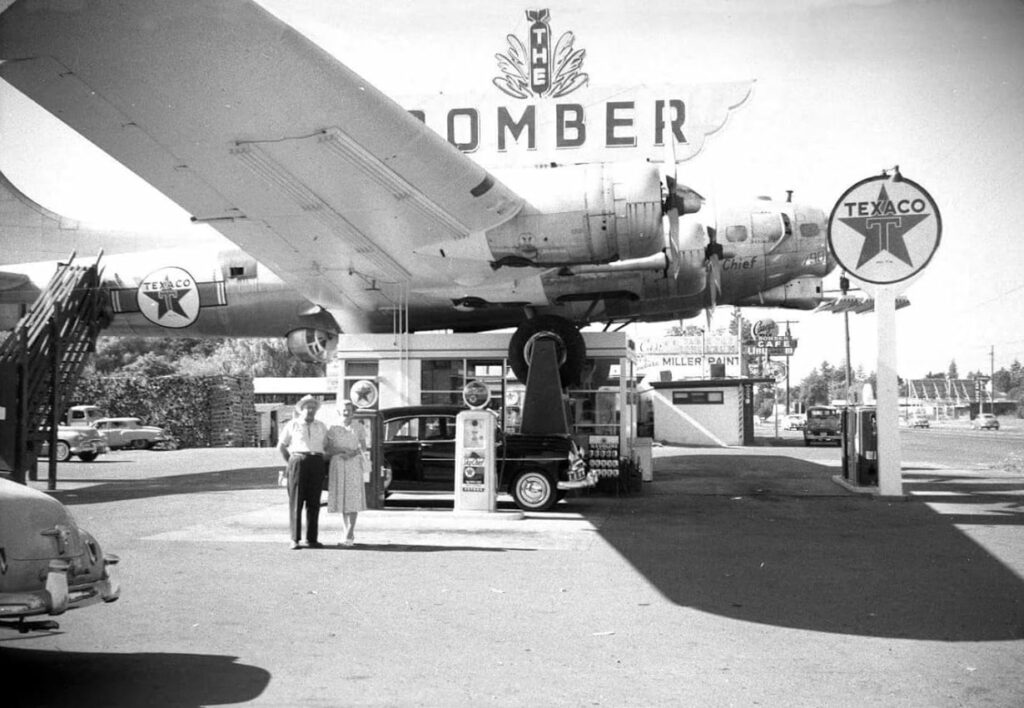
The story began when Art Lacey, a local entrepreneur and gas station owner, discovered that surplus U.S. Air Force B-17 bombers were available at bargain prices. Seeing an opportunity to attract customers—and provide some much-needed shade over his gas pumps—Lacey purchased a surplus bomber, flew it to Oregon, disassembled it, and mounted it above his station along U.S. 99E in 1947. For decades, the aircraft stood as a beloved local fixture and a surreal piece of Americana.
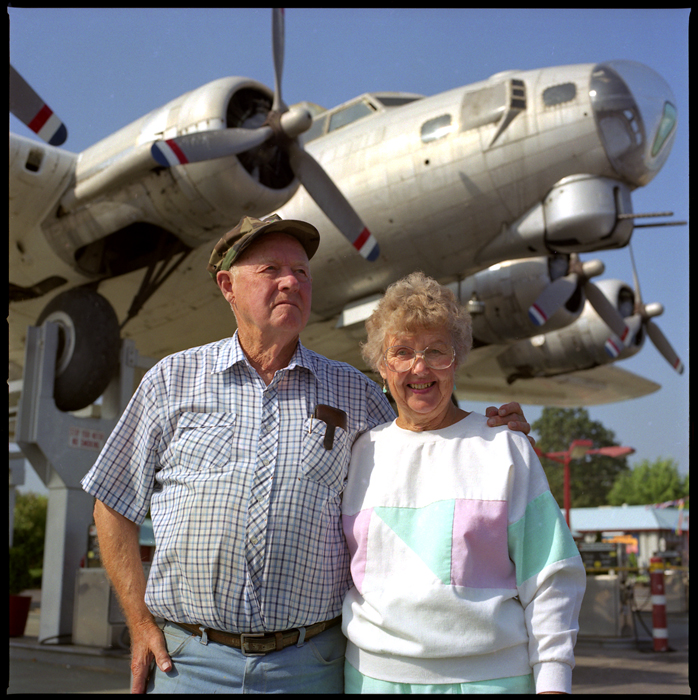
Over time, however, exposure to the elements, vandalism, and simple wear took their toll on the aircraft. After Lacey’s passing in 2000, his family, determined to preserve the bomber’s legacy, established the B-17 Alliance Foundation. In 2014, the aircraft was removed from its perch, transported to a hangar at Salem Municipal Airport, and began its transformation from weathered display to airworthy warbird once again.
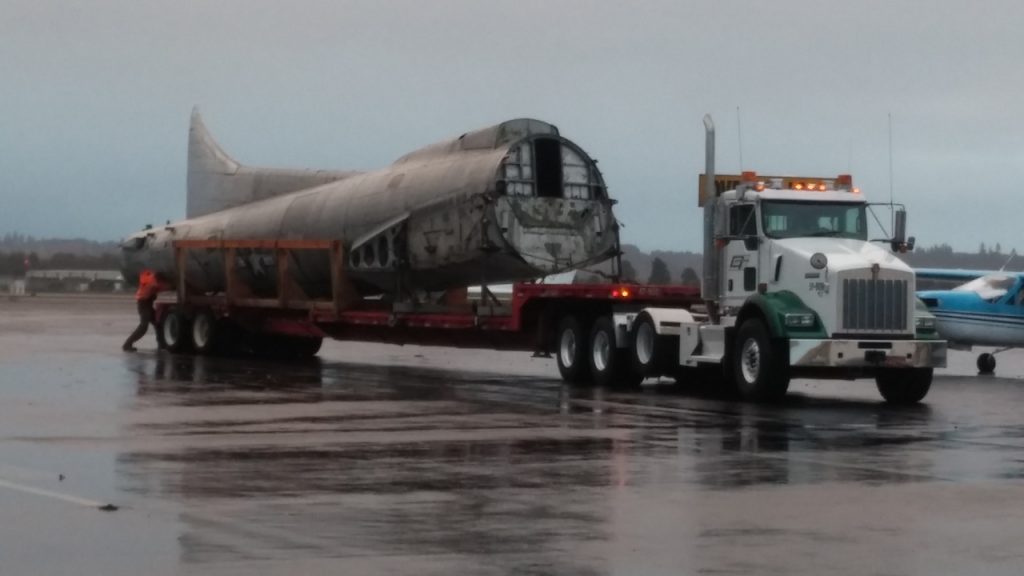
It has been quite some time since our last update on the B-17 Alliance Foundation’s remarkable effort to restore Boeing B-17G Flying Fortress 44-85790 Lacey Lady in Salem, Oregon, but thanks to Scott Thompson of Aero Vintage, we have permission to relay his latest article on the project, reproduced (with gentle editing) below.
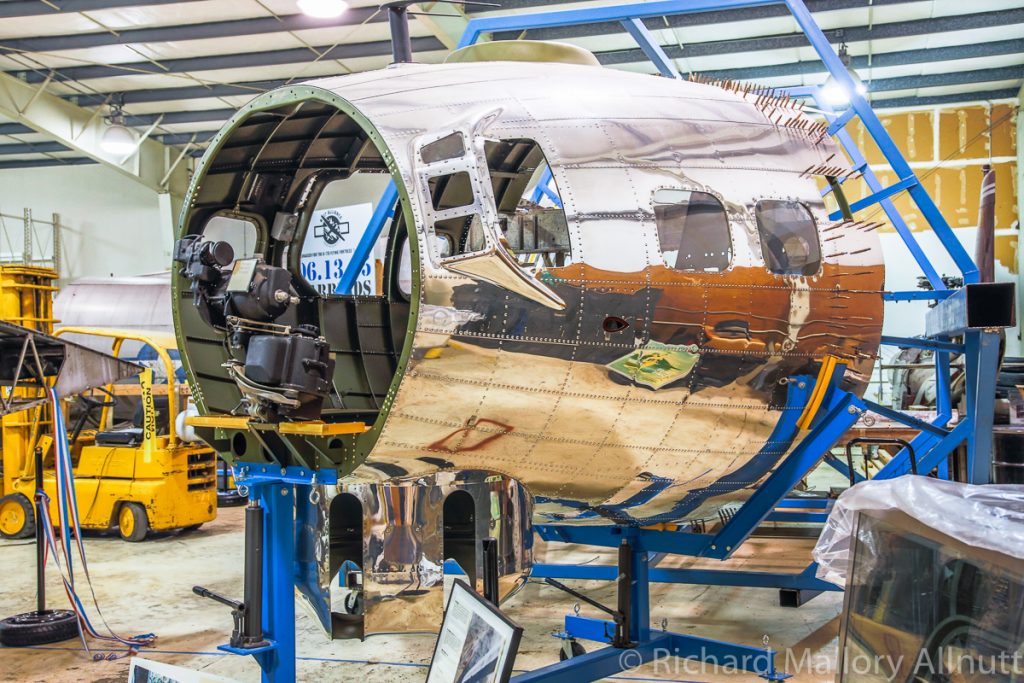
The restoration of B-17G 44-85790 is a complex and labor-intensive effort led by project manager Lee Nielson and supported by a dedicated volunteer team. Progress has been particularly visible in the cockpit section, where major components such as seats, flight controls, and instrument panel structures are being refitted. Each element—no matter how small—is meticulously evaluated: can it be restored, must it be replaced, and if so, can it be sourced or must it be fabricated? Thanks to Boeing blueprints and precision craftsmanship, many of the needed components are now being manufactured in-house.
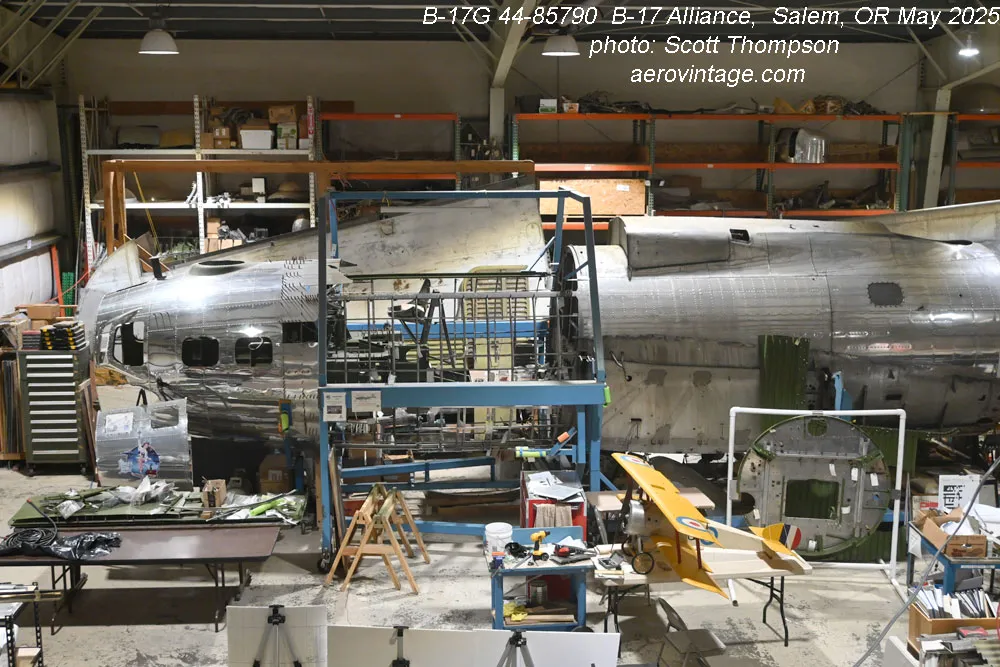
Restoration efforts also extend to the aircraft’s wings and nacelles. The left inner wing panel, once a disassembled pile of spars and ribs, has begun to resemble a functioning structure once more. Both left engine nacelles are nearing completion after extensive repair from years of corrosion and debris accumulation. Similar work lies ahead for the right wing and the tail section. Years ago, the aircraft’s original ‘turtle-deck’ cockpit cover, which includes key upper fuselage structures, was sent off as a reference for new fabrications. After delays, new components from another restoration team are finally expected to arrive this year, marking another important milestone.
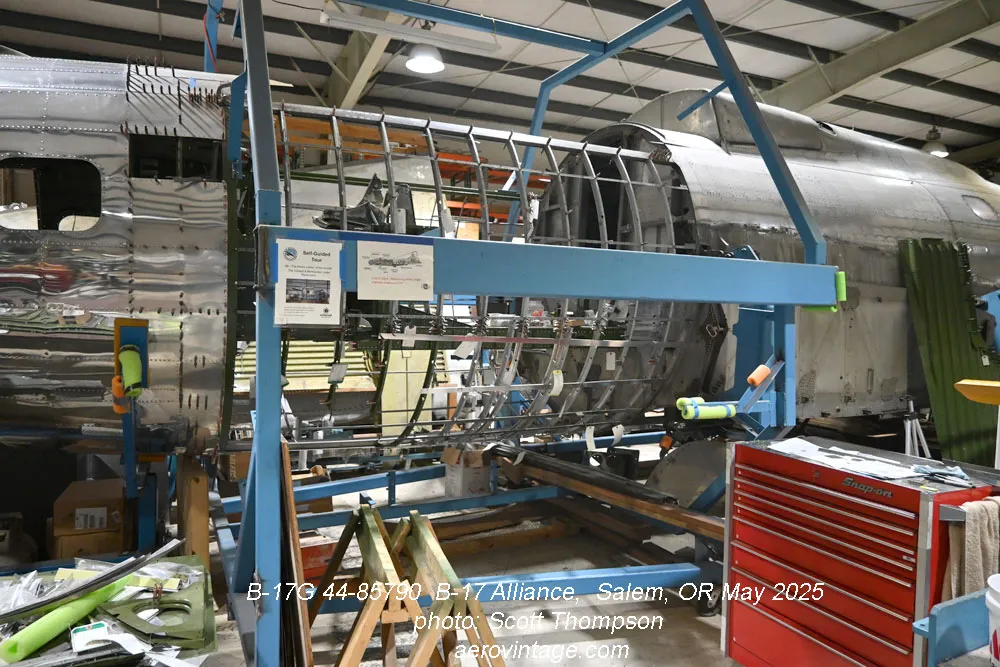
The heart of the B-17, the bomb-bay section, remains one of the most complex parts of the project. Fortunately, modern-day warbird restorers like Ray Moore of Lucky Thirteen in Georgia are supplying components to facilitate this stage. The collaboration and shared knowledge among multiple B-17 restoration projects across the country have been essential to the Lacey Lady’s progress. Despite these successes, challenges remain. The entire effort is volunteer-driven and depends on donations. About twenty volunteers regularly contribute their time and skills. Organizational support from individuals like Dave Hevel—who manages part cataloging, blueprint access, and training—ensures the project runs with efficiency and attention to detail.
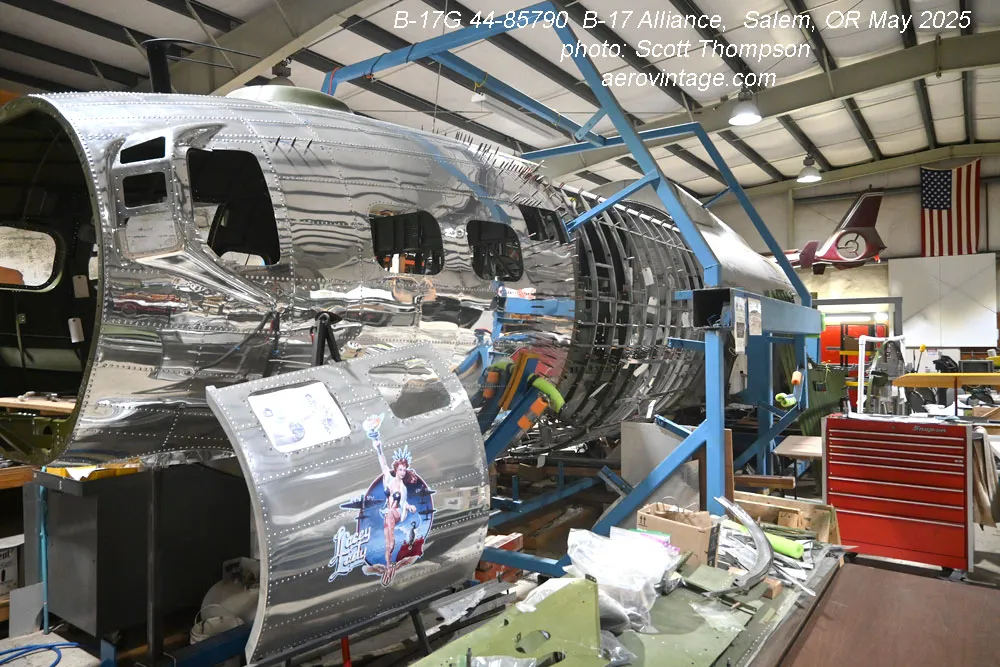
One pressing concern is the future of the restoration hangar. The B-17 Alliance Foundation currently rents the facility but has a time-sensitive opportunity to purchase it for $800,000. Securing the hangar would guarantee the project’s long-term home. As of now, the foundation has raised more than half the necessary funds, with hopes of reaching their goal by year’s end. To support the foundation’s efforts, click HERE. Additional volunteers, especially those with aircraft structural experience, are always welcome. While training is provided, expertise in major airframe repairs is especially needed for such a large aircraft.

The Lacey Lady’s transformation from a gas station rooftop to a future in the skies once again is a testament to the dedication of the volunteers and supporters behind the effort. The B-17 Alliance Foundation continues to invite visitors to the museum and hangar in Salem on Tuesdays, Thursdays, and Saturdays ( more information HERE). For those interested in supporting this historic endeavor, contributions of any size are welcome—and tax deductible.
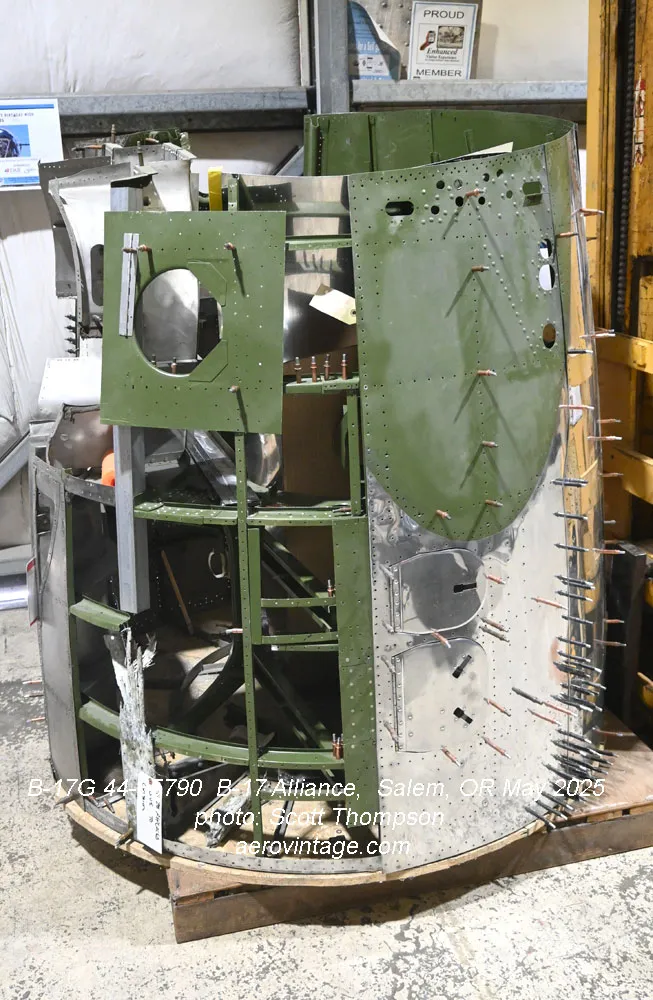
Special thanks go to project manager Lee Nielson, B-17 Alliance Foundation executive director Terry Scott, and volunteers Dave Hevel and Bill Deveraux for their continued work and insight into the restoration of this extraordinary aircraft.
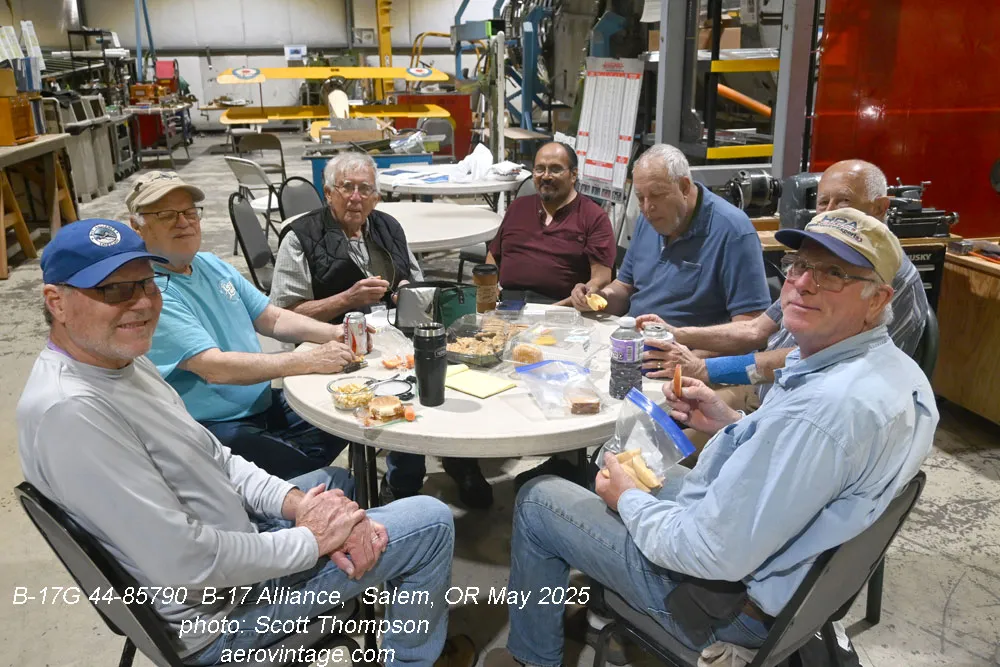
Scott Thompson
Aero Vintage Books
Many thanks indeed to Scott A. Thompson for allowing us to reproduce this article… his book, Final Cut: The Post-War B-17 Flying Fortress and Survivors as well as other titles are the gold standard when it comes to the airframe history it describes!








